
A Year In Scotland
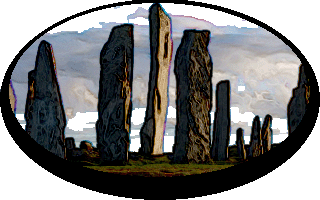

13 October 2014
The North Atlantic Arc Home
| September | October |
| S | M | T | W | T | F | S |
| 25 | 26 | 27 | ||||
| 28 | 29 | 30 | 1 | 2 | 3 | 4 |
| 5 | 6 | 7 | 8 | 9 | 10 | 11 |
| 12 | 13 | 14 | 15 | 16 | 17 | 18 |
| 19 | 20 | 21 | 22 | 23 | 24 | 25 |
| 26 | 27 |
 |
Monday 13 October 2014--Beautiful clear sunny day. Drive into Tarbert to find some breakfast, then make a visit to the Harris Tweed shop. Weaving has been practiced in the Outer Hebrides for centuries, first as a necessary subsistence skill, later as a cottage industry. Legend has it that a London buyer in the 1830s misread the handwriting of a Scottish merchant, taking "tweel" (the Scots variant of "twill") as "tweed", assuming that the product was indigenous to the Tweed valley. Scholars discount this as folk etymology, but it's a good story. The hard-wearing and water-resistant fabric became popular with estate workers and sportsmen in the 19th century, and was highly fashionable in Queen Victoria's circle. The proliferation of inferior imitations led to the establishment of a trademark in 1909. The Harris Tweed Authority was created in 1993, giving the accepted conventions the force of law. Today, wool for Harris Tweed is dyed and spun in one of three mills in Lewis, but the cloth is still handwoven on manual looms by independent weavers in their homes, as required by the Harris Tweed Act. They may be based anywhere in the Outer Hebrides (a stipulation the Harris folk were not happy about back in 1909), but most are in or near Stornoway in Lewis (which I imagine the Harris folk are still not happy about). In the latter half of the 20th century, tweeds generally, and Harris Tweed in particular, began to be seen as the province of old fuddy-duddies (like Mr Tattie Heid). But in recent years, the weavers have expanded beyond the few traditional patterns, and designers have incorporated tweed into everything from athletic shoes to haute couture. Production more than doubled from 2009 to 2012, and continues at a high pace. Whether that can be maintained remains to be seen; it seems to me that those who choose to ride the waves of trendiness must expect to fall out of favor eventually, and such a fall is particularly hard on those who make a living from a strictly-regulated traditional product like Harris Tweed (or whisky, for that matter). Only those of us who respect the constancy of tradition will remain true. Enough about tweed...it's our day to tour southern Harris, and we couldn't have asked for a better one. We start down the eastern side, which is indented with innumerable little coves, each, it seems, with its own tiny pier. We poke down the roads to every one, and by the time we reach Rodel, at the southern end of the island, we're ready for lunch. The Rodel Hotel does the job. St Clement's Church in Rodel is probably the most impressive surviving medieval structure in the Western Isles, although it must be said that "surviving" includes repairs, rebuilds, and restorations necessitated by the Reformation, fire, lightning strike, and periods of general neglect. It was built in about 1530 by Alexander MacLeod, and his extraordinary tomb is its most impressive feature. There are some grave slabs on display, but the interior is otherwise empty. Of the several weathered carvings on the exterior, the most notable are two depicting a man and a woman displaying their genitals. The purpose of these is unknown, although folk wisdom has it that it's to distract the attention of the devil, and perhaps the prurient interest of visiting tourists as well. Up the west side of southern Harris we go. This coast is punctuated by a series of achingly beautiful beaches--Tràigh Scarasta, Tràigh Mhòr, Tràigh Iar, Tràigh Niosaboist, Tràigh Sheilaboist, and Tràigh Rosamol. These latter two are the outer fringes of the vast tidal Tràigh Losgaintir, or Luskentyre. Tràigh Iar is an old favorite of mine, thanks to the presence of Clach Mhic Leòid, or MacLeod's Stone, on the far hill. At Luskentyre, a golden late-afternoon light illuminates the broad smooth sands and turquoise water, and even the distant hills, normally dark and forbidding, seem to bask in peaceful repose. On a day like this, it is a gorgeous and seemingly idyllic place. There is more we might have seen, but we've run out of day. Arrive at the Hotel Hebrides just at sunset and find they've just put a cask of Deuchar's on. It's a nice capper to a stunning day. Next |
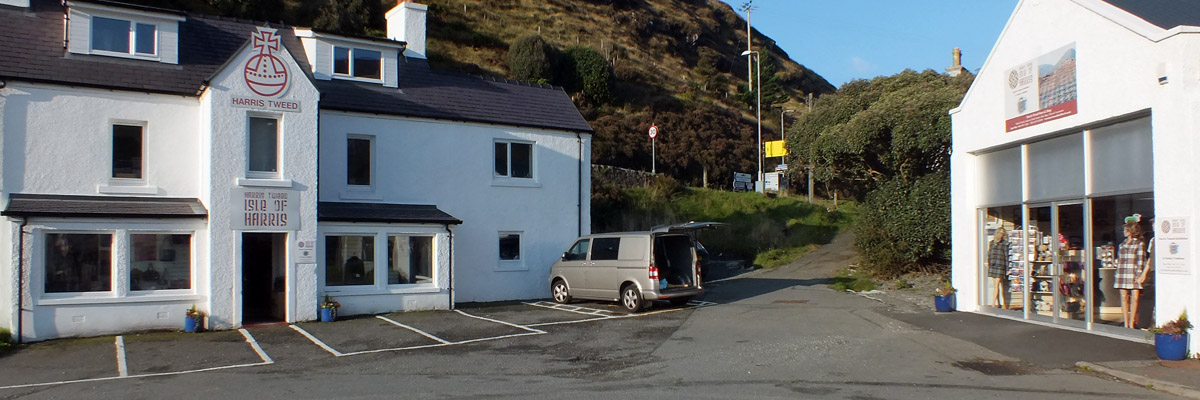 |
Harris Tweed Shop
 |
Tweeds
 |
Loom
 |
Tarbert
 |
Same View, 2007
 |
Harris
 |
Harris
 |
Harris
 |
Nobody Home
 |
Top Down In The Outer Hebrides
 |
Harris
 |
St Clement's Church, Rodel
 |
Rodel Hotel
 |
St Clement's Church
 |
St Clement's Church
 |
Alexander MacLeod (2007)
 |
 |
Medieval Pornography
 |
Rodel
 |
Isle of Harris Golf Club
 |
Tràigh Iar
 |
Tràigh Iar
 |
Tràigh Iar
 |
Clach Mhic Leòid (MacLeod's Stone)
 |
Clach Mhic Leòid
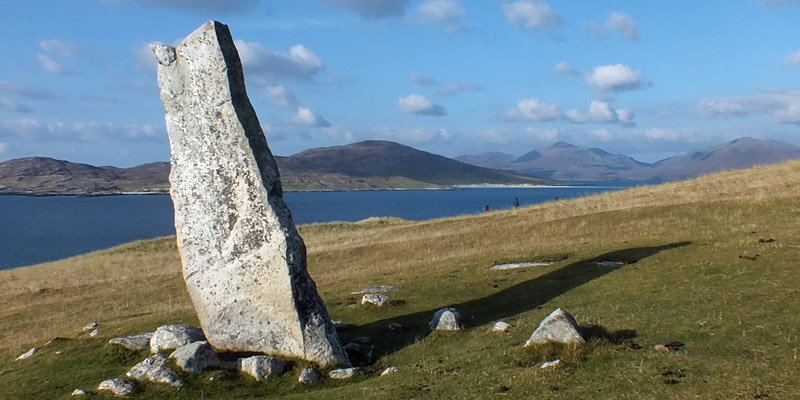 |
Clach Mhic Leòid
 |
Tràigh Iar
 |
Tràigh Iar
 |
Taransay
 |
Tràigh Shieleboist
 |
Luskentyre
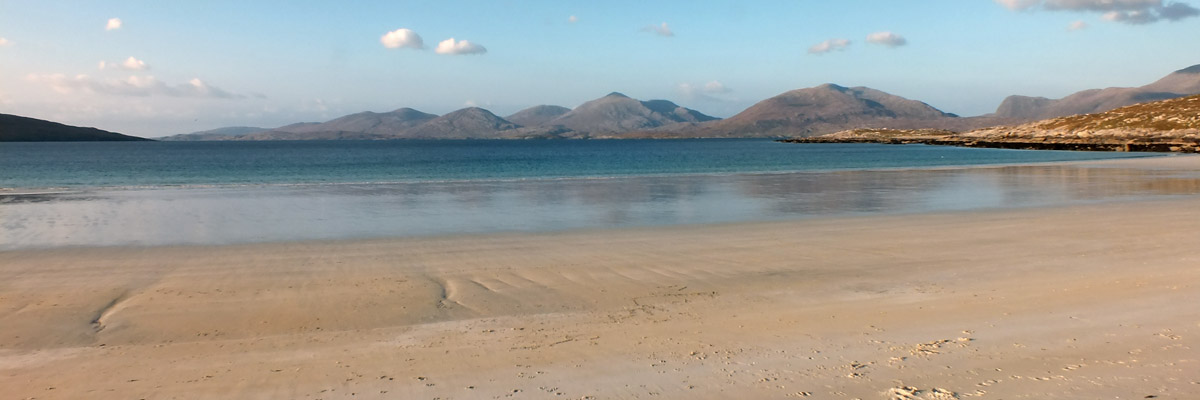 |
Luskentyre
 |
Luskentyre
 |
Luskentyre
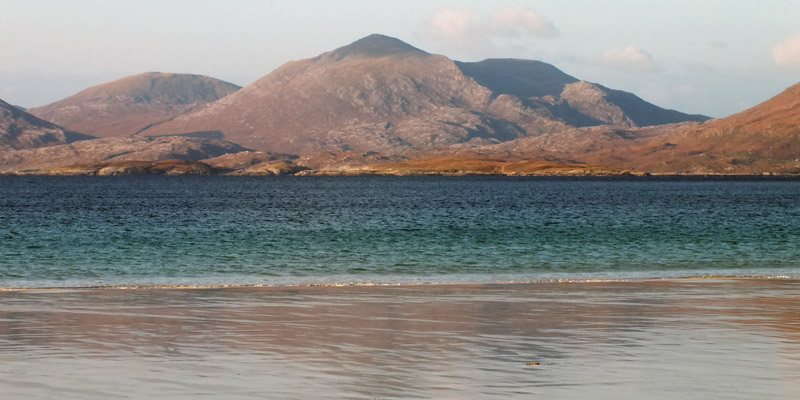 |
Luskentyre
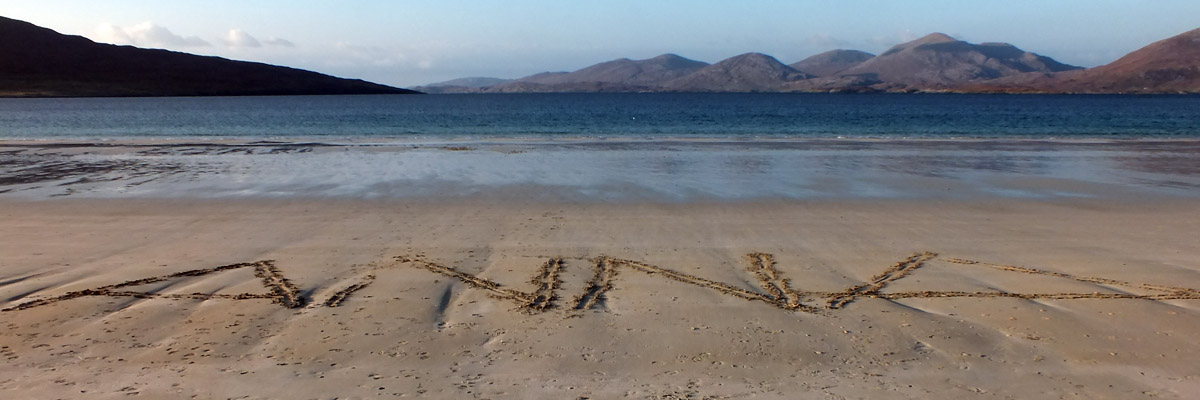 |
Anna
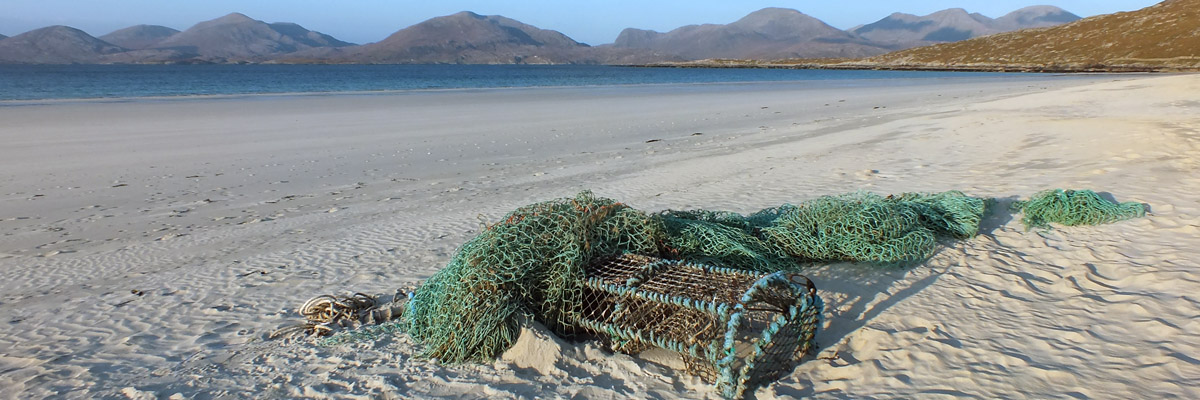 |
Luskentyre
 |
Luskentyre
 |
Luskentyre
 |
Luskentyre
 |
Luskentyre
 |
Luskentyre
 |
Luskentyre
 |
Harris Hotel
Next
| September | October |
| S | M | T | W | T | F | S |
| 25 | 26 | 27 | ||||
| 28 | 29 | 30 | 1 | 2 | 3 | 4 |
| 5 | 6 | 7 | 8 | 9 | 10 | 11 |
| 12 | 13 | 14 | 15 | 16 | 17 | 18 |
| 19 | 20 | 21 | 22 | 23 | 24 | 25 |
| 26 | 27 |
The North Atlantic Arc Home


Mr Tattie Heid's Mileage
Results may vary